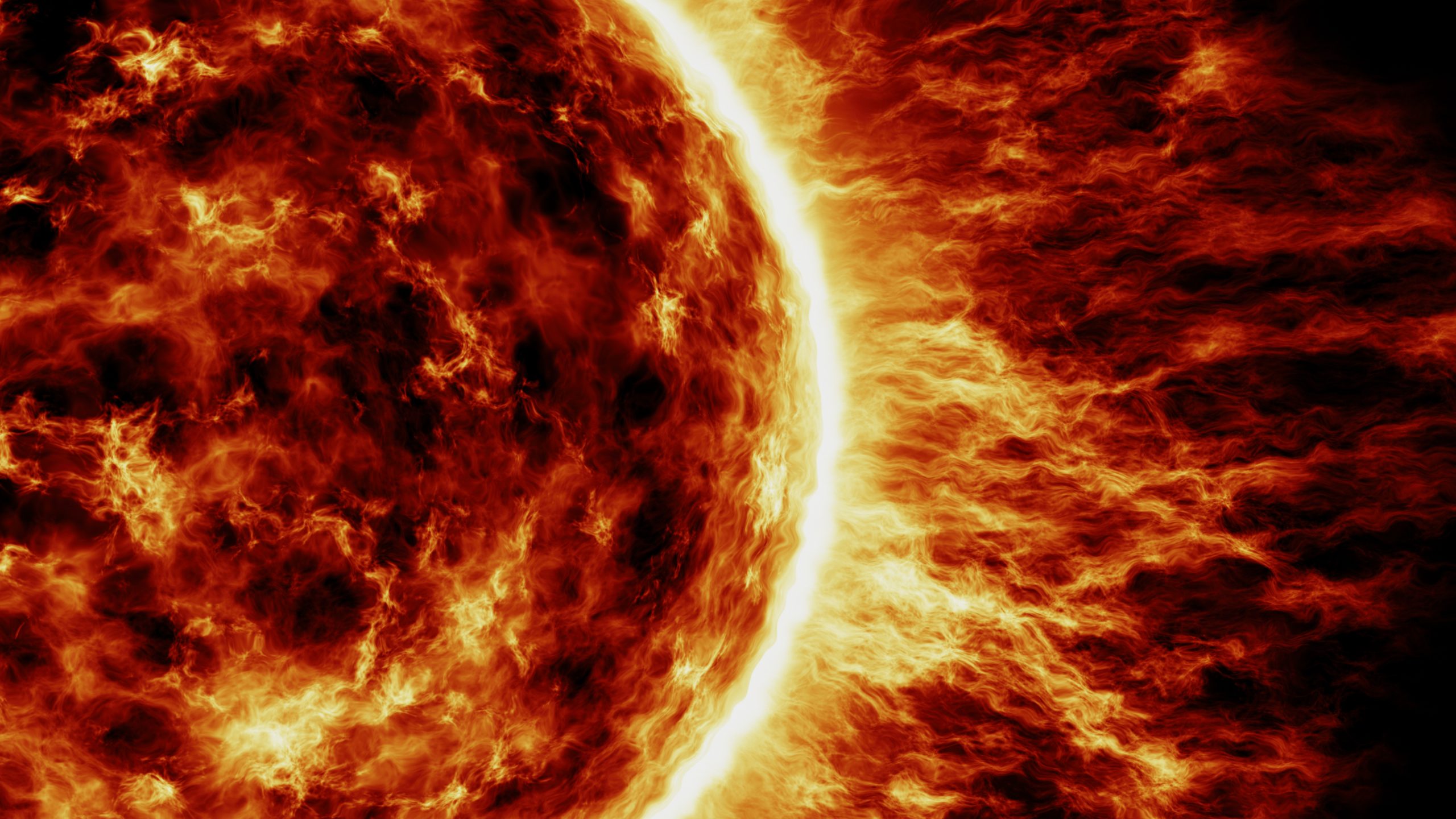Intensifying Solar Storms a Mounting Headache for Unprepared Satellite Operators
We’re in the third year of the Sun’s 11-year solar cycle, and satellites in low Earth orbit are already experiencing the deleterious effects. Scientists are now warning that the worst is yet to come, as the current cycle is proving to be stronger than forecasters anticipated.
现在是太阳11年太阳活动周期的第三年,近地轨道的卫星已经受到了有害影响。科学家们现在警告说,最糟糕的情况还在后头,因为目前的周期被证明比预期的更强烈。
A panel of space weather experts expressed these concerns at the recently concluded 36th Small Satellite Conference organized by the Secure World Foundation. Speaking on August 8, Tzu-Wei Fang, a space scientist at NOAA’s Space Weather Prediction Center (SWPC), offered a bleak outlook for the next several years.
一个空间气象专家小组在最近结束的由世界安全基金会组织的第36届小卫星会议上表达了这些担忧。8月8日,美国国家海洋和大气管理局(NOAA)空间天气预测中心(SWPC)的空间科学家方子伟(zi – wei Fang)对未来几年的前景提出了悲观的展望。
“Whatever you’ve experienced in the past two years doesn’t matter,” Fang said, as reported in SpaceNews. “Whatever you learned the past two years is not going to apply in the next five years.”
据《太空新闻》报道,方说:“不管你在过去两年经历了什么,都不重要。”“你在过去两年学到的东西在未来五年都不会适用。”
Indeed, low Earth orbit has been unusually tumultuous these days, as the Sun approaches its latest solar maximum—a period characterized by increased solar activity. Fang and her colleagues warned that small satellites are particularly vulnerable to the ensuing solar storms and that smallsat operators aren’t sufficiently responding or adapting to what is a regularly occurring phenomenon in the Sun’s life cycle. But while the 11-year solar cycle is predictable, the current cycle, which began in December 2019, is proving to be more eventful than anticipated.
事实上,近地轨道最近异常动荡,因为太阳接近其最近的太阳活动高峰期——这一时期的特征是太阳活动增加。方和她的同事警告说,小型卫星特别容易受到随之而来的太阳风暴的影响,而小型卫星运营商没有充分应对或适应这种在太阳生命周期中经常发生的现象。然而,尽管11年的太阳活动周期是可以预测的,但从2019年12月开始的当前太阳活动周期被证明比预期的更麻烦。
Periodic changes to the Sun’s magnetic field affect the frequency of sunspots, which in turn increases the frequency of solar flares. These flares send waves of high-energy electromagnetic radiation into the solar system, a portion of which reach Earth’s atmosphere. We see this in the form of extra-dramatic auroras, but also as disruptive “space weather.” The heat from these storms cause the upper atmosphere to expand, resulting in extra drag for satellites in low Earth orbit and accelerated orbital decay.
太阳磁场的周期性变化会影响太阳黑子出现的频率,进而增加太阳耀斑的频率。这些耀斑向太阳系发射高能电磁辐射波,其中一部分到达地球大气层。我们看到这种现象的形式是异常壮观的极光,但也被称为破坏性的“太空天气”。这些风暴产生的热量导致上层大气膨胀,给近地轨道的卫星带来额外的阻力,加速轨道衰变。
We’re already seeing the effects of this. In February, SpaceX lost 49 Starlink satellites as a result of a geomagnetic storm. The satellites had only recently been launched and were attempting to reach their operational orbits, but the “speed and severity” of a solar storm, the result of a flare that occurred just prior to the February 3 launch, “caused atmospheric drag to increase up to 50 percent higher than during previous launches,” according to SpaceX. But as Fang grimly noted at the conference, that storm “was actually a minor storm in our catalog.” SWPC and SpaceX are working together to study the incident, with a paper on the subject expected shortly, according to SpaceNews.
我们已经看到了它的影响。今年2月,由于一场地磁风暴,SpaceX失去了49颗星链卫星。这些卫星最近才发射,正试图到达它们的运行轨道,但2月3日发射之前发生的耀斑导致的太阳风暴的“速度和严重程度”,“导致大气阻力比之前发射时增加了50%,”SpaceX说。但正如方舟子在会议上严肃指出的那样,那场风暴“实际上是我们的小风暴”。据《太空新闻》报道,SWPC和SpaceX正在合作研究这一事件,预计很快就会发表一篇有关该主题的论文。
Read more at Gizmodo.com
在Gizmodo.com上查看更多











